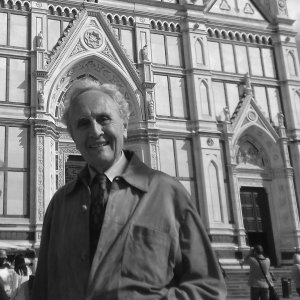
Gino Agnese
Author of various essays on Futurism, including: Marinetti, una vita esplosiva (1990), the first complete biography of the poet (Premio Tevere, Premio Letterario Castiglioncello); Boccioni da vicino (2008); Marinetti-McLuhan (in Il Futurismo nelle avanguardie, 2010). He jointly curated with Vanni Scheiwiller Milano “caffeina d’Europa” (1999). He founded and edited the journal Mass Media (1982-1995) the front pages of which were collected in Ventisette artisti e una rivista (2014). He has been advisor to the Palazzo delle Esposizioni in Rome and the Scuderie del Quirinale (1998-2008); and president of the Quadriennale di Roma (2002-2011).
Author's books
Umberto Boccioni
L’artista che sfidò il futuro
Gino Agnese
pages: 400 pages
Champion of a violently revolutionary art, Umberto Boccioni (1882-1916), painter and sculptor, is, jointly with Marinetti, the greatest exponent of Futurism and the first in his circle to have tapped into the new sensibility ushered in with the century of the machine and technology. It is no accident that Apollinaire immediately saw in him the theo
